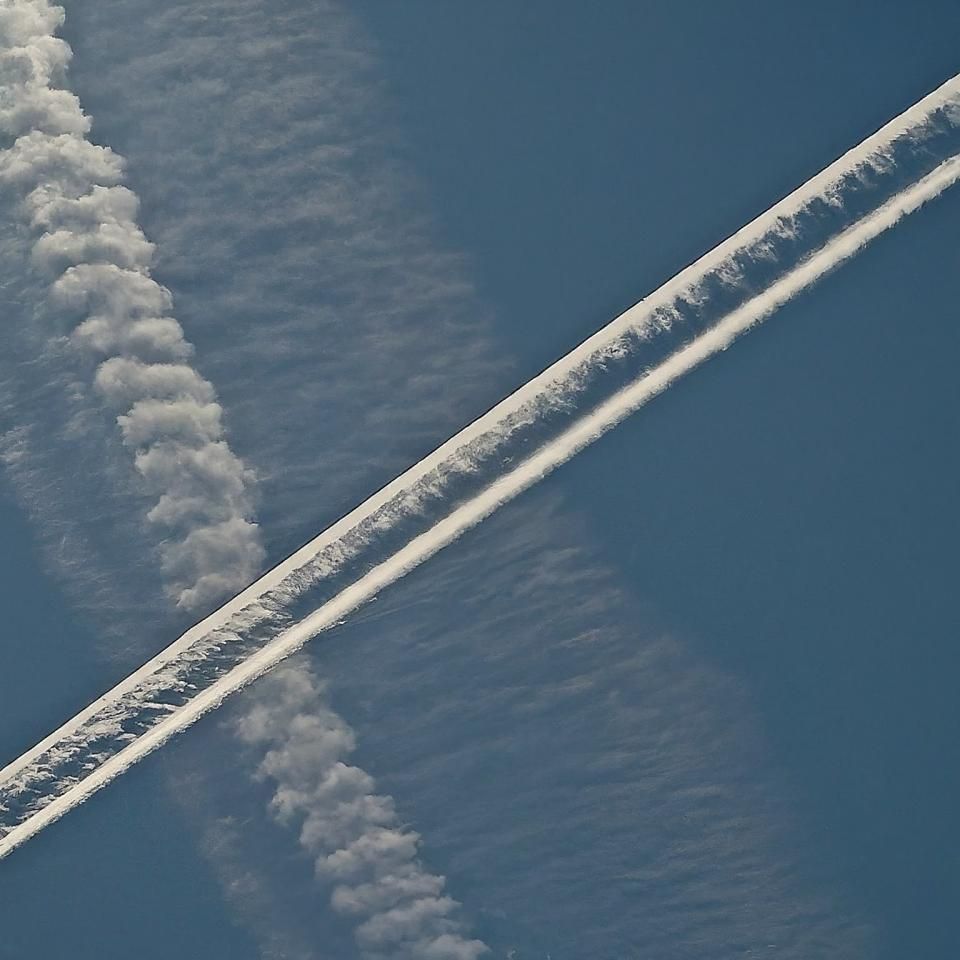Ask the meteorologist: Are there any such things as chemical trails in our skies? Do they affect our weather?

Question: Are there any such things as chemical trails in our skies and if there are, do they affect our weather? — Lynn Matthews
Answer: There are many sources of chemicals in the atmosphere, for example from industrial smokestacks and the exhaust pipes of vehicles like cars, trucks, trains and aircraft, in addition to those left behind by applications such as crop dusting, spraying of pesticides, herbicides or fertilizers from tractors, or spraying from trucks and airplanes for mosquito control. Most of these produce plumes of material that quickly becomes invisible.
Direct effects on larger scale weather are generally small, though some of the materials or particulates involved can act as cloud condensation or ice nuclei and add to the ability of fog or clouds to form, or for precipitation to develop in some of those clouds.
In terms of leaving more visible trails, most of us are familiar with the exhaust of high-altitude aircraft, in which the planes leave behind plumes of combustion products like carbon dioxide, oxides of nitrogen and sulfur and a considerable amount of water vapor. Under the right atmospheric conditions, the water vapor component of this exhaust becomes visible as a condensation trail that can extend a short distance behind an aircraft in fairly dry and/or turbulent conditions, or over a very long distance when the air around the contrail is more humid and there is relatively little turbulence and wind shear.
These contrails can, when the air at flight level is especially humid and cold, persist, spread out and transform into rather extensive amounts of cirrus cloud cover. In this sense, those trails do affect the weather.
- Ask the meteorologist: How do clouds make rain?
- Ask the meteorologist: How do clouds form and create snow?
During the daytime, these clouds can impede solar heating at the surface and reduce temperatures somewhat, while at night they can produce a warming effect by emitting radiation downward that offsets radiation carrying heat away from the surface.
At this time, there remains significant uncertainty as to whether the net overall effect of contrails and contrail-initiated cirrus produces a net warming or cooling effect on large-scale temperatures.










